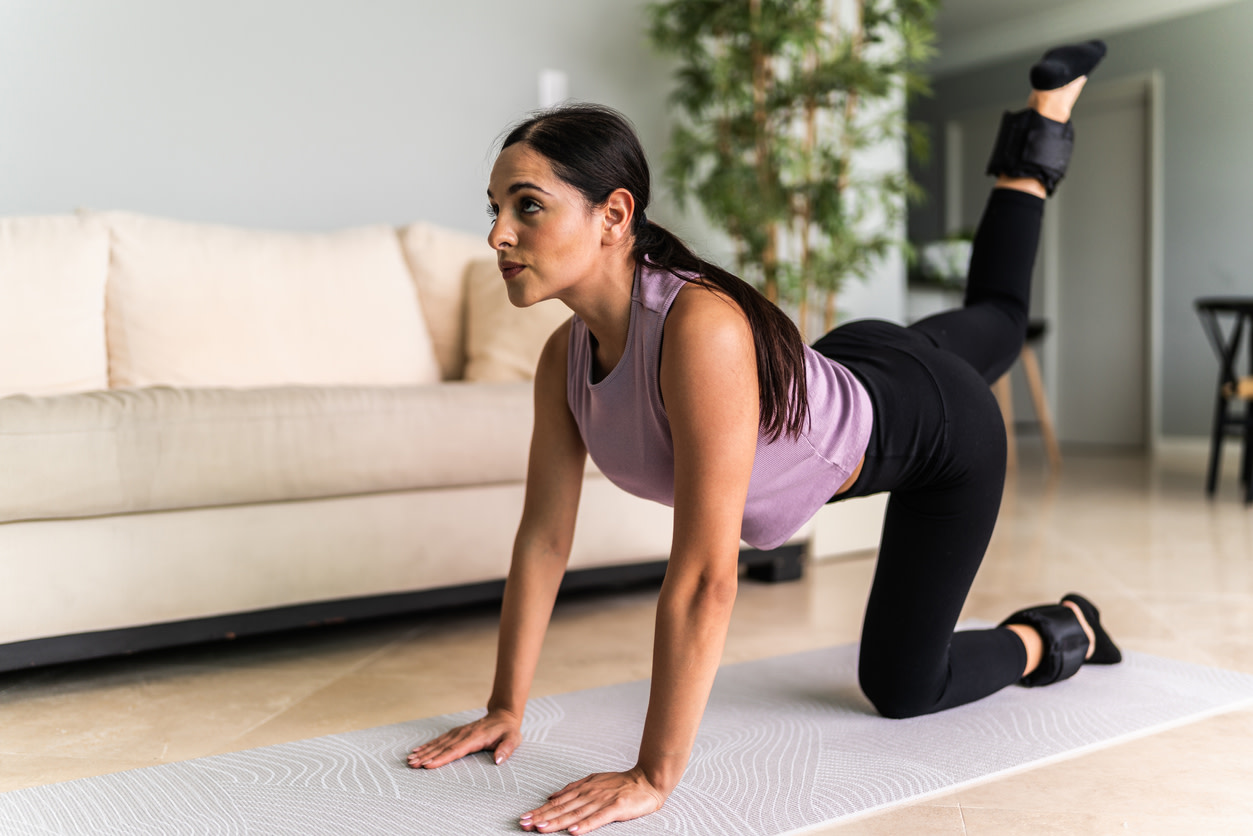11 Ankle Strengthening Exercises, Recommended by Physical Therapists
Learn about the importance of ankle strengthening exercises to improve balance and mobility, and discover which moves are PT recommended.
$0 costo para usted
Última actualización: Sep 1, 2025
El índice
Fully covered foot or ankle pain relief
Find relief from foot pain, ankle pain, plantar fasciitis, & more.
Check if I'm eligible